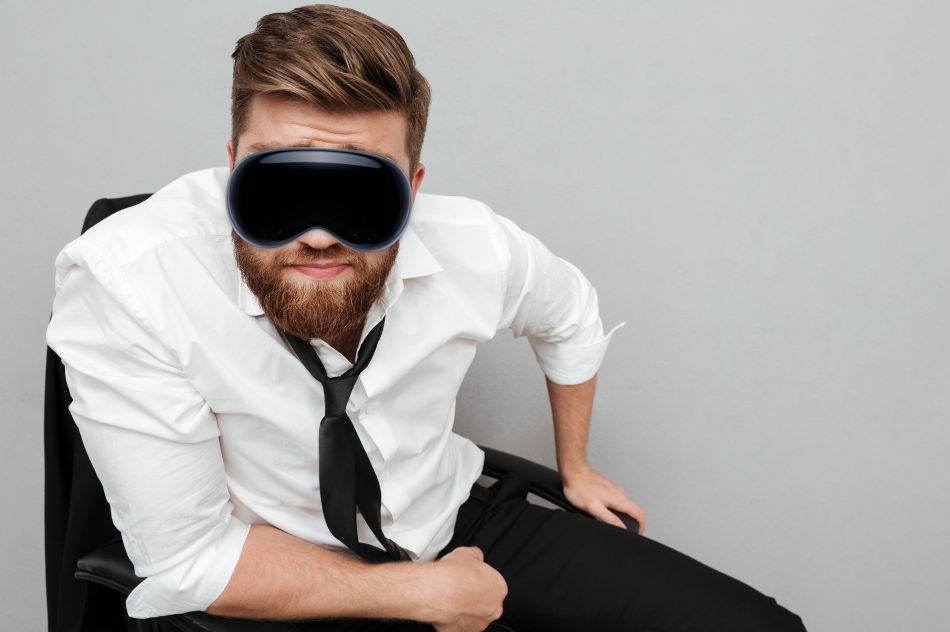
Is the Apple Vision Pro Hype Already Fading?
Analyzing Returns and User Feedback Reveals Challenges for Apple's VR-AR Headset
NEWS Apple February 15, 2024 Reading time: 2 Minute(s)
In the realm of technological innovation, few names evoke as much anticipation and fervor as Apple. The release of the Apple Vision Pro, the tech giant's venture into the world of virtual and augmented reality, was met with considerable excitement and speculation. However, as users delve deeper into their experiences with the device, it becomes apparent that alongside its groundbreaking features, the Vision Pro is not without its challenges.
Apple's returns policy, a cornerstone of its customer-centric approach, allows users in the United States to return the Vision Pro within 14 days of receipt for a full refund or exchange. This lenient policy has enabled enthusiasts and early adopters to explore the capabilities of the headset firsthand, leading to a notable trend of returns within the initial two-week window.
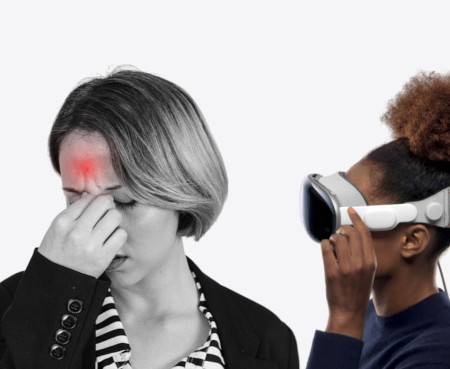
Reports compiled by reputable sources such as The Verge shed light on recurring issues cited by users seeking to return the Vision Pro. Chief among these concerns is the device's comfort, or rather, the lack thereof. Many users have reported experiencing discomfort, headaches, and motion sickness, reminiscent of common complaints associated with first-generation VR hardware. The very same issues were reported by the journalists that early-tried the headset prior its release. The weight distribution of the headset, with much of it concentrated on the front, exacerbates these discomforts for prolonged usage periods.
Additionally, complaints extend beyond physical discomfort to encompass concerns regarding the headset's suitability for productivity tasks, especially when juxtaposed with its premium price tag. Despite the promise of immersive experiences, some users find the Vision Pro's current applications limited, leading to questions about its practicality beyond entertainment purposes. These negative remarks align perfectly with our "Apple's 2023 Performance Analysis" and subsequent predictions for 2024 - published at the end of last year - in which we predicted a flop regarding the Apple Vision Pro.
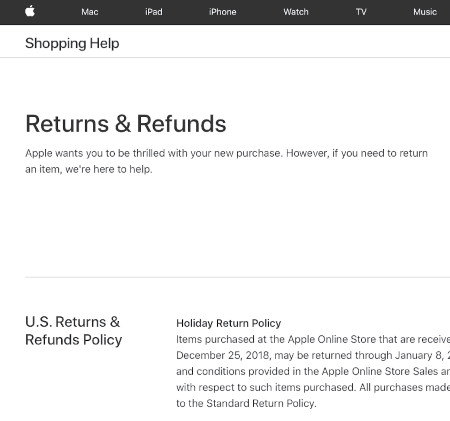
It's important to note that the voices of early adopters, while valuable, may not fully reflect the sentiments of the broader consumer base. These individuals, eager to explore cutting-edge technology, are often more vocal about their experiences, both positive and negative. Furthermore, leaks and rumors preceding the Vision Pro's release hinted at potential challenges, suggesting that Apple may have anticipated such feedback.
As Apple navigates the feedback loop generated by early adopters and refines its product strategy, the true extent of the Vision Pro's appeal and shortcomings will become clearer. While initial returns may signal areas for improvement, they do not necessarily signify the demise of the product's potential. Instead, they serve as invaluable data points guiding Apple's iterative approach to innovation.
COVER IMAGE: DROBOTDEAN ON FREEPIK / REVIEW SPACE
*Our pages may contain affiliate links. If you buy something via one of our affiliate links, Review Space may earn a commission. Thanks for your support!
CATEGORIES


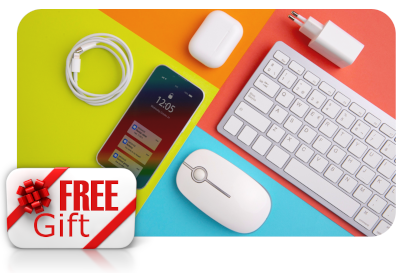

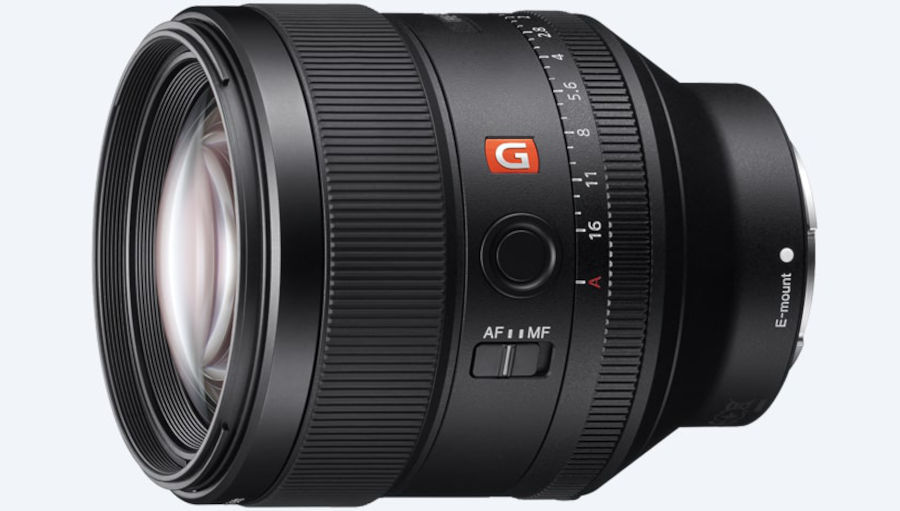
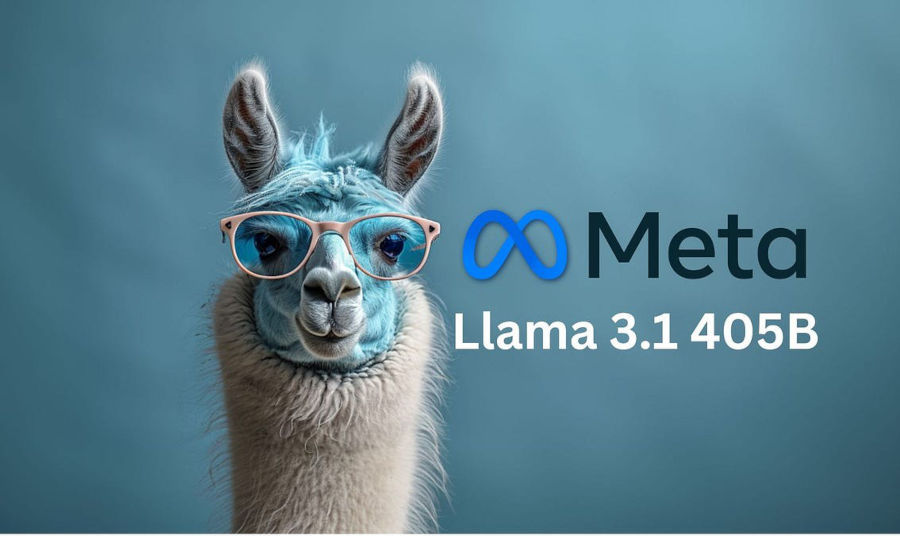
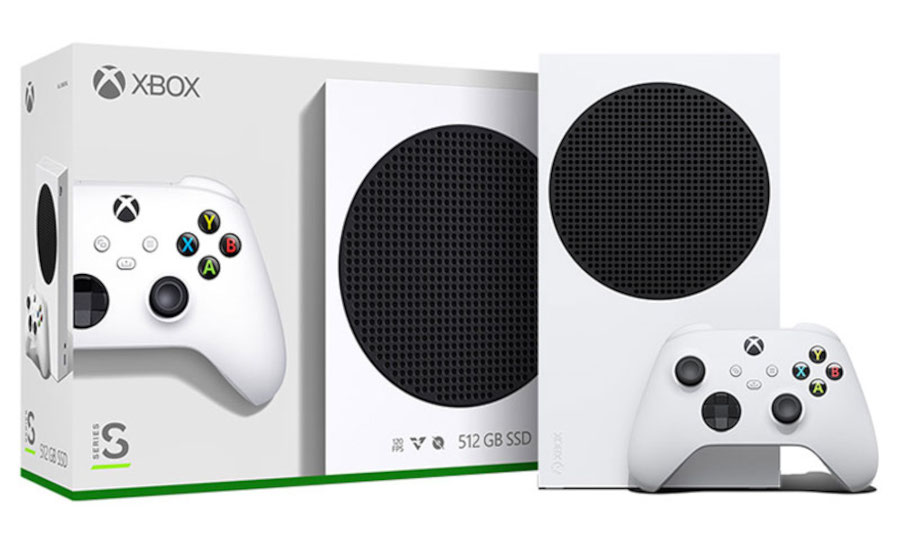
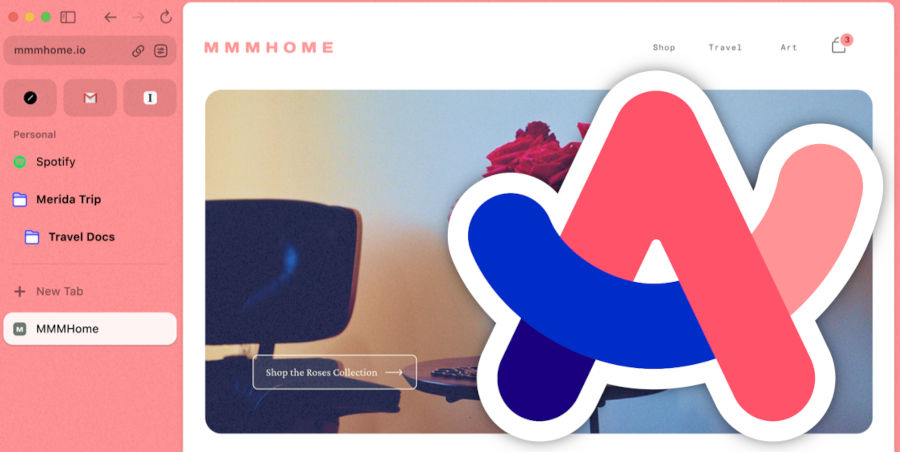

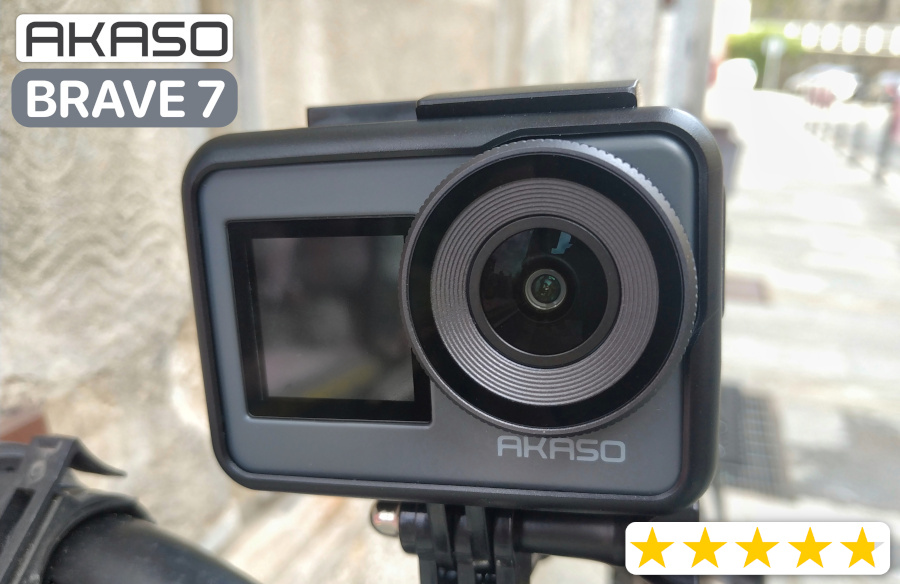

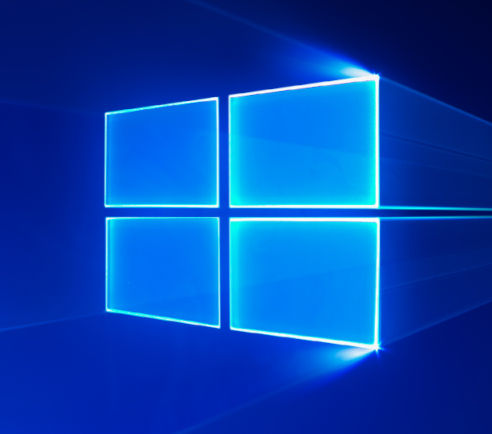
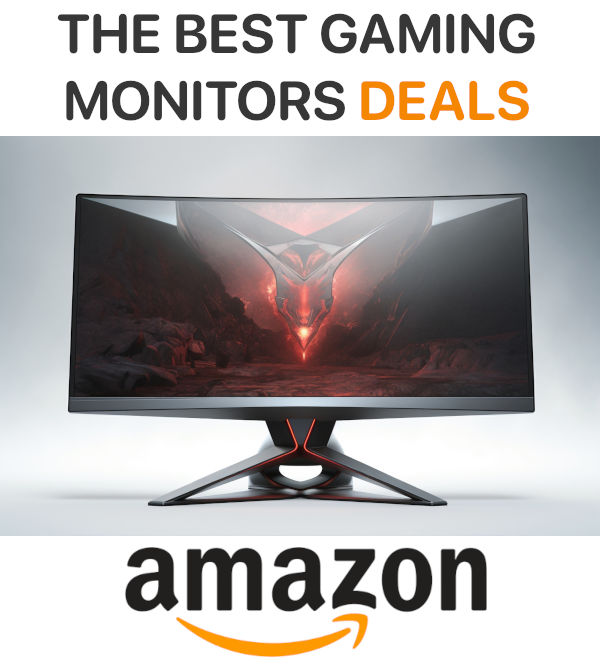

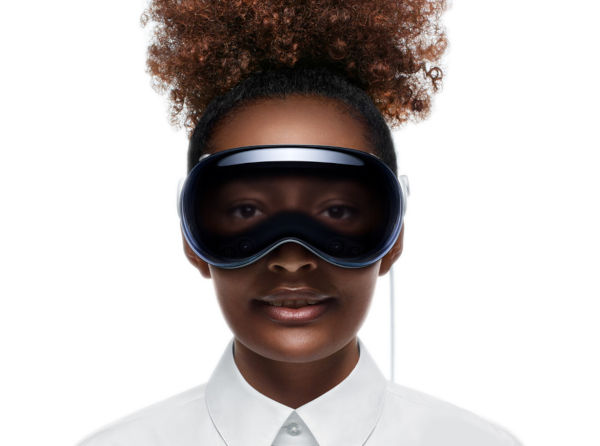
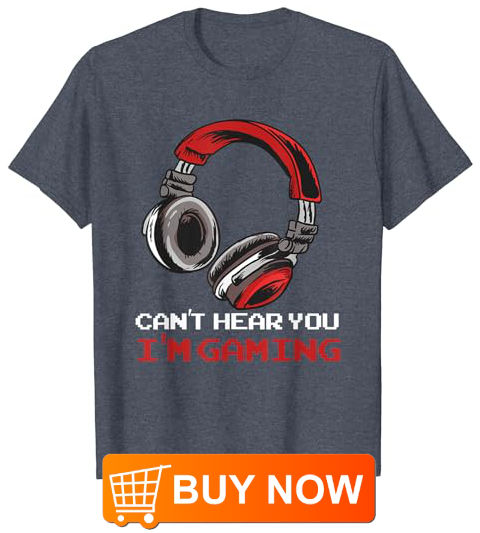


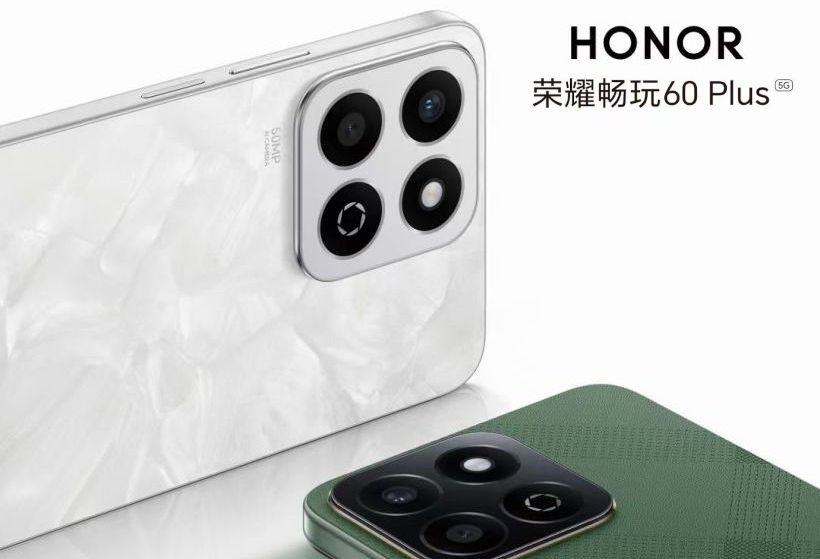
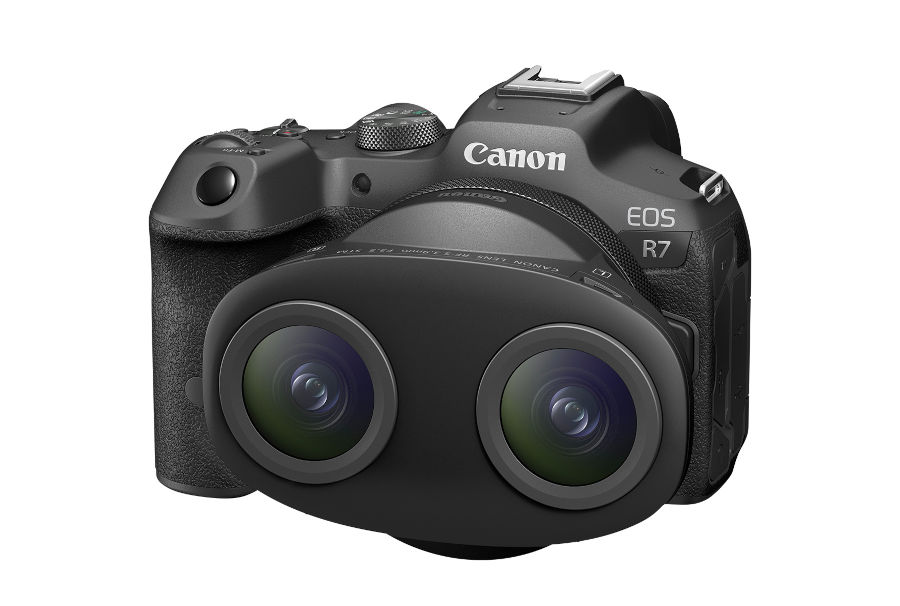
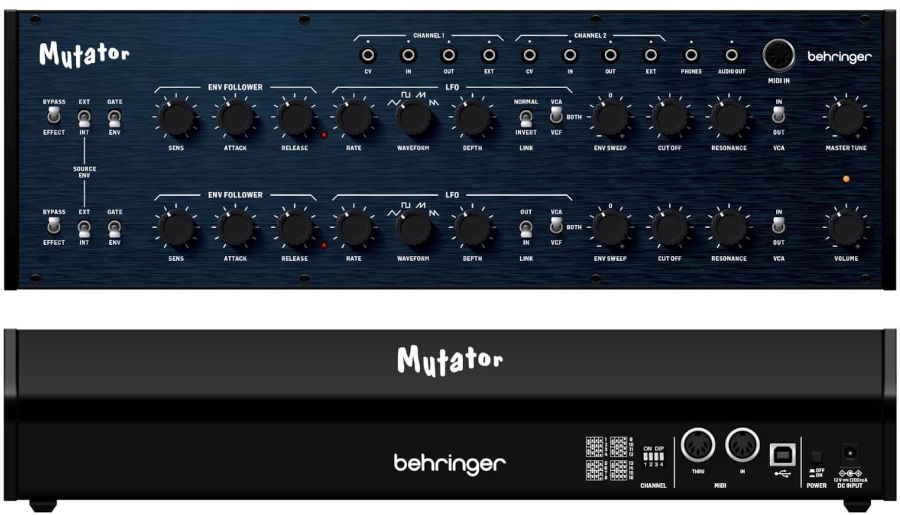
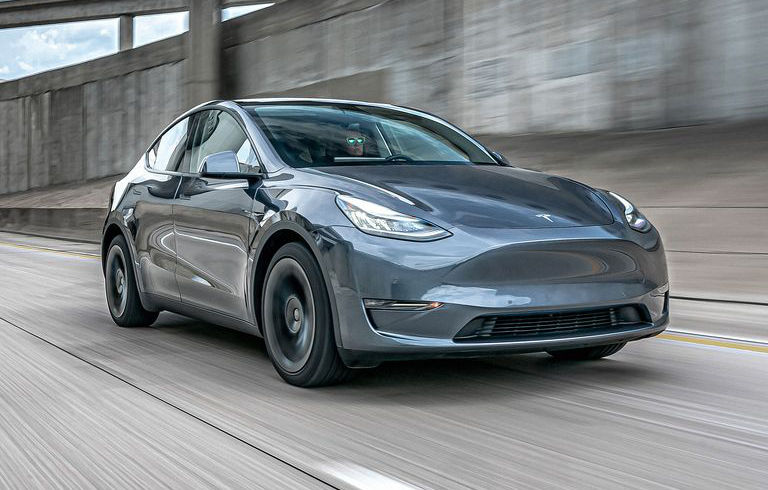

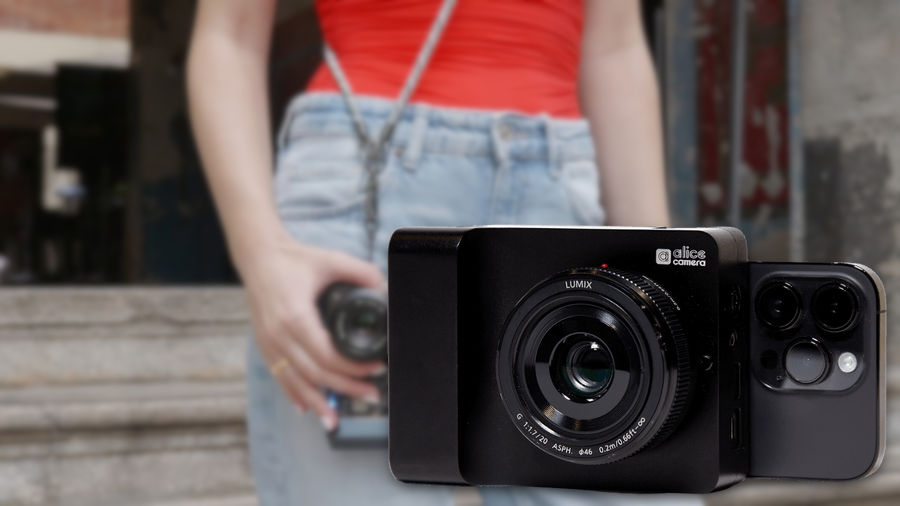

COMMENTS